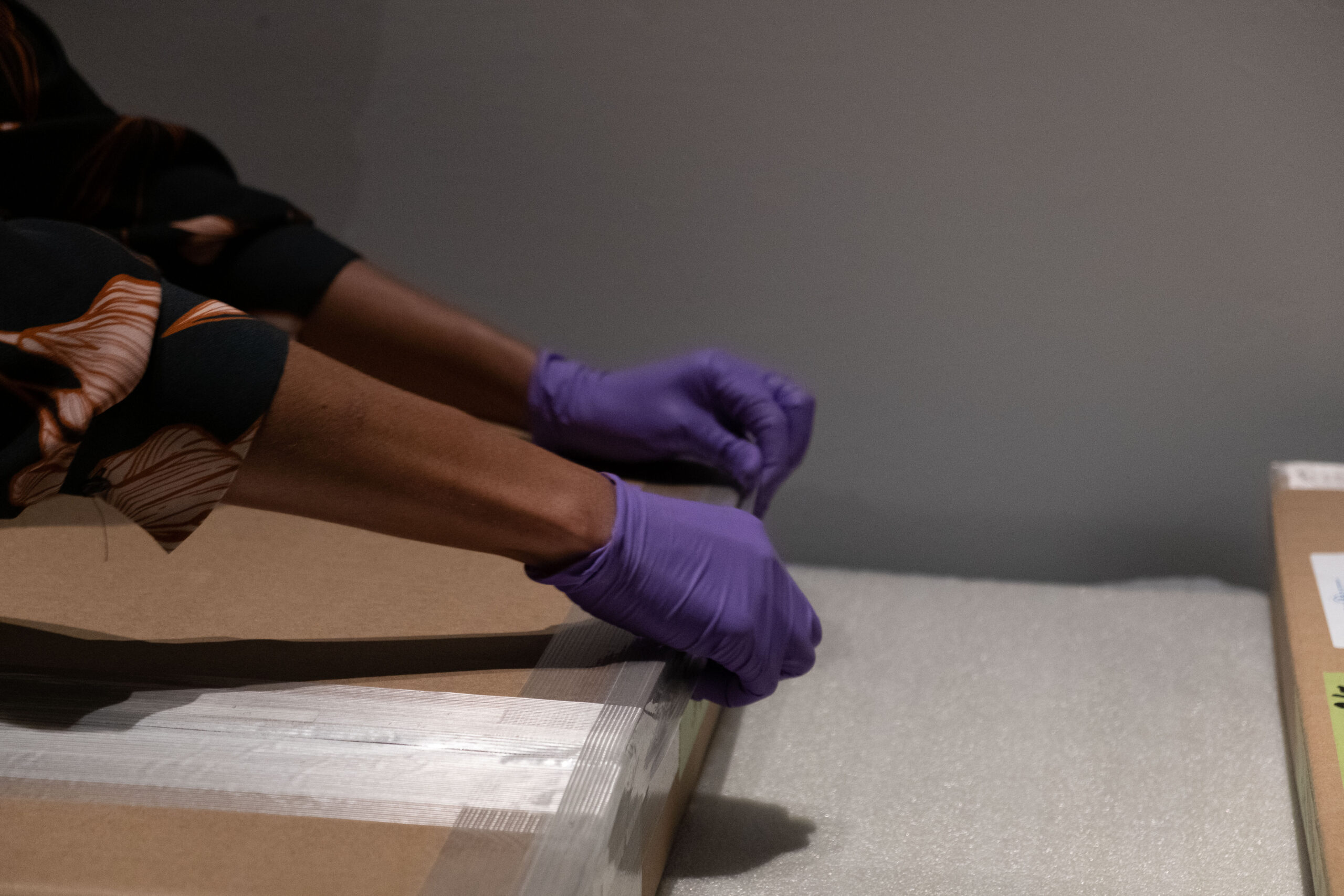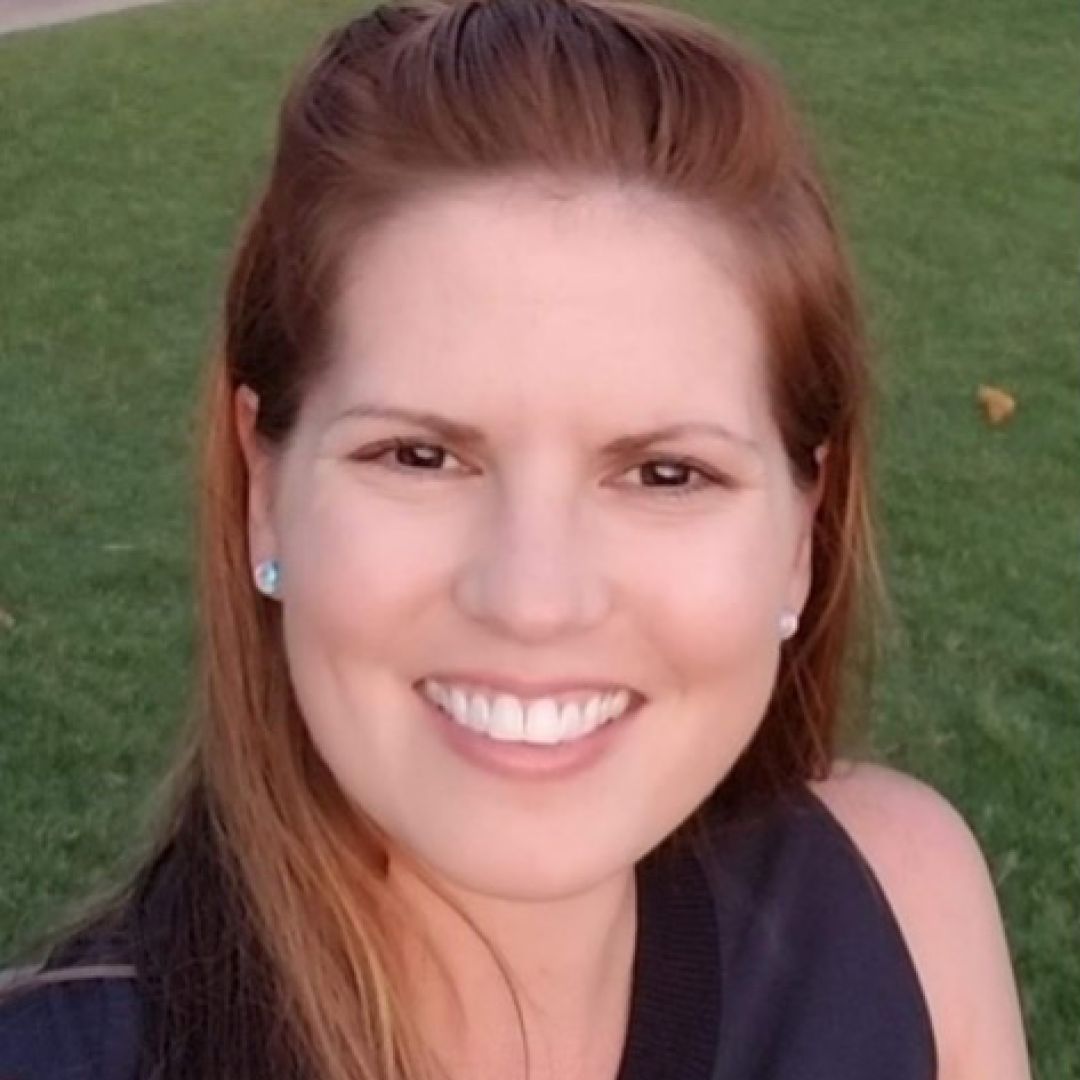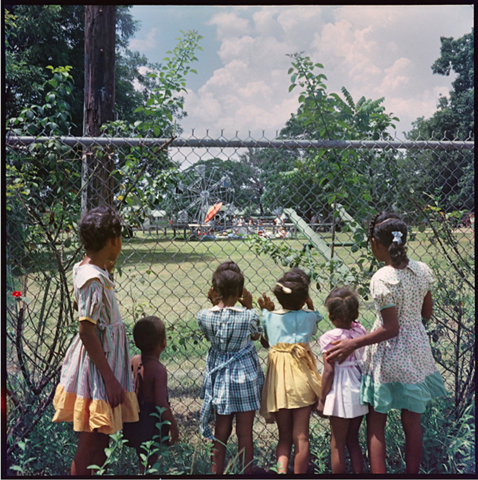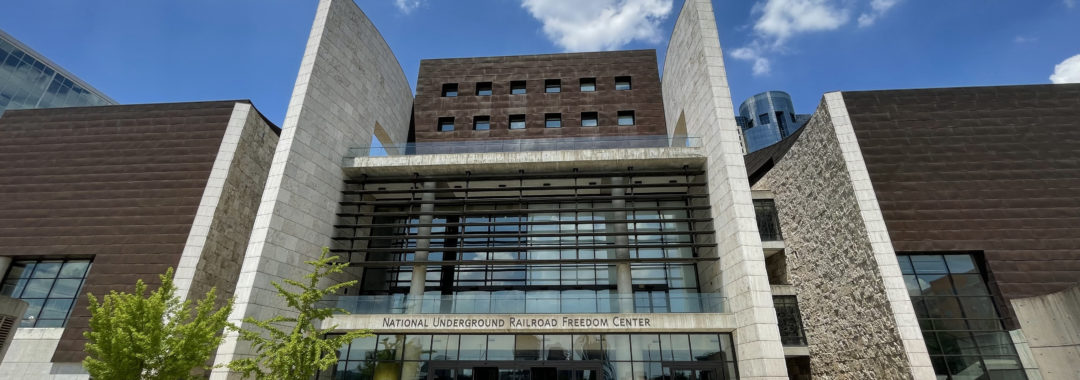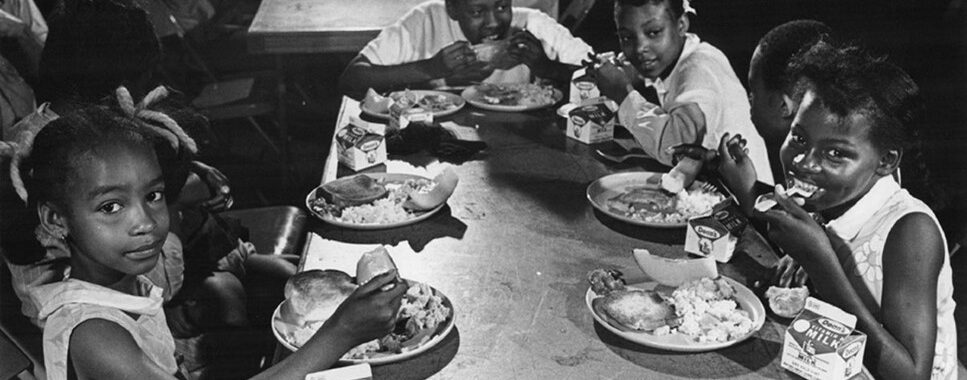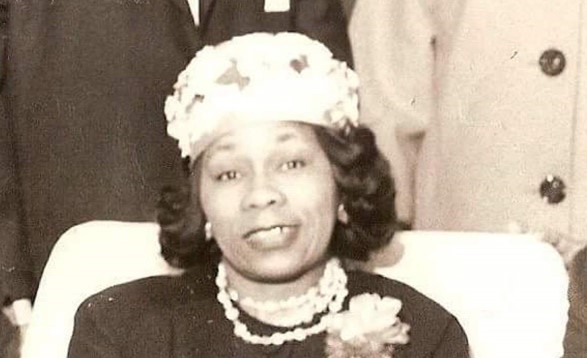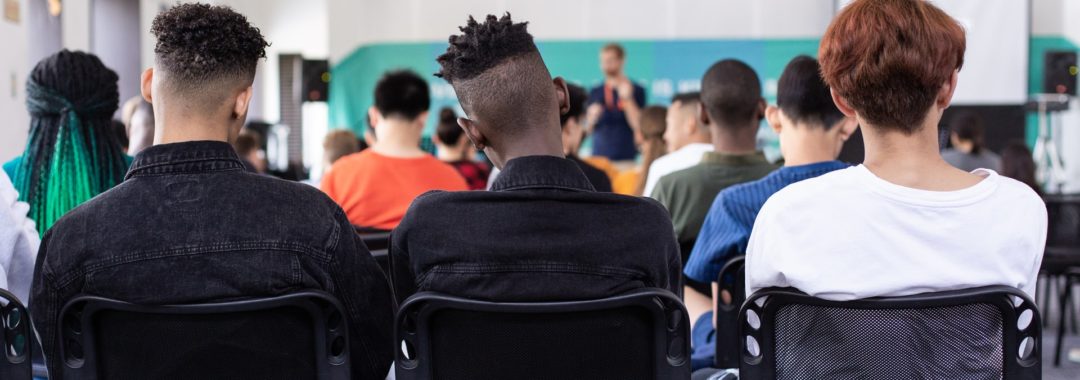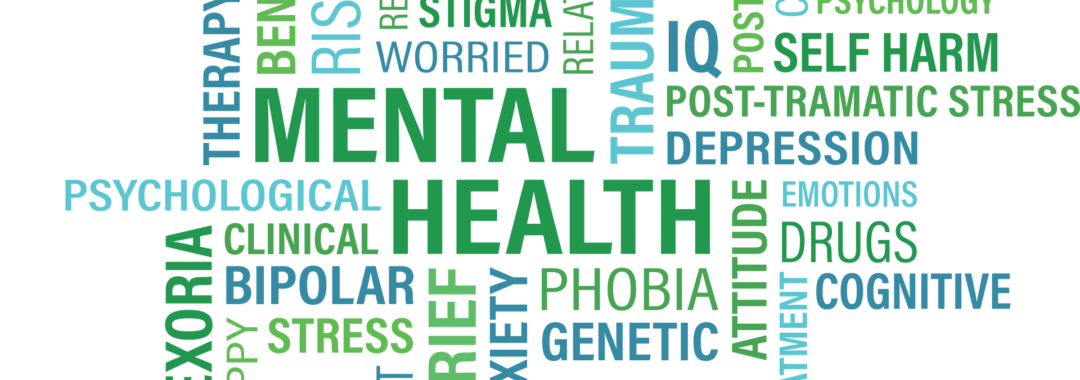What does your job entail?
The Director of Educational Initiatives oversees all content and programming related to K-12 education and educator professional development.
What upcoming projects are you excited about?
I’m very excited about the refresh and emphasizing social justice movements throughout U.S. history. As a history teacher, it’s my mission to answer the question: Why do we need to learn about this? My answer is always: We learn about the past, so we understand our present and create a better future. We all have a responsibility to the future. No one lives in isolation. Our actions impact other people in meaningful ways. The history of social justice in the U.S. exemplifies this.
Throughout our history, meaningful change required people to first recognize social injustice and then work together to improve opportunities for everyone. I don’t think enough people understand this concept or the importance it played in our history. The opportunity to educate students and the public about it is very exciting.
What books would you recommend from the Freedom Store?
"Yours for Justice, Ida B. Wells: The Daring Life of a Crusading Journalist" written by Philip Dray and illustrated by Stephen Alcorn.
First of all, picture books are wonderful resources for readers of all ages. Well written and illustrated picture books like this one present accurate information in a short amount of space in a compelling format. Second of all, everyone should know about Ida B. Wells. She was a force of nature, and her story includes essential but often overlooked elements of the American story. She was born into slavery and experienced emancipation as a young girl, being among the first generations to navigate a new society. And she did this as a young, professional Black woman in the South. Her story illustrates the significance of race, gender, education, and activism under the cloud of Jim Crow. This book captures the courage and perseverance of Ida as she navigated her impressive life.
Teaching suggestion: Check out the C3 Inquiry The Urgency of Your Pen: Literacy Laws
"Sewing Stories: Harriet Powers’ Journey from Salve to Artist" written by Barbara Herkert and illustrated by Vanessa Brantley-Newton.
The story of Harriet Powers is one of quiet strength and the power of art. Harriet navigated slavery, emancipation, and raising a family in Georgia during Reconstruction. That alone was a monumental feat, but one shared by thousands like her at the time. Considered insignificant by many, those stories of quiet strength and resilience have largely been lost or overlooked. However, Harriet’s quilts live on to share those stories: they’ve made the insignificant significant.
Teaching suggestion: Check out the C3 Inquiry Really Free
Teaching suggestions: Compare the stories of Ida B. Wells and Harriet Power. How are they alike and different? How did society at the time shape their lives? How did their decisions shape their lives? How did each of them contribute to social justice?
What has been your most impactful or favorite part of working at the Freedom Center?
I go to work every day to facilitate lightbulb moments for people willing to learn. The most exciting part of being an educator is the light bulb moment: when a person makes a connection, something clicks into place, and they suddenly have an understanding they didn’t have a minute ago.
Now they are looking at the world differently and say – I never thought about it that way before, or I never thought to ask that question. It’s like they put on x-ray glasses, and they see the world differently – from a different perspective. Things that were always there but invisible to them are now visible and can’t be unseen.
What's the best piece of advice you can give to someone starting this type of work?
Begin with your own self-reflection and work on your own perspectives and biases before expecting others to change. Be honest with yourself, recognize areas that need improvement, and hold yourself accountable to changing. And make self-reflection an ongoing occurrence. It’s not a one-time process.
What is your secret talent or superpower? What are you really good at?
I have a reserve of energy just for teaching about history and social justice. I could be exhausted and on the verge of sleeping, but if the tiniest opportunity for a teachable moment presents itself – I tap into that reserve and go into super teacher mode. I’ll ask really thought proving questions to unsuspecting people. I can’t help it.
My husband and kids experience this quite often. Once a birthday dinner at a restaurant turned into a conversation with my elementary aged kids about events that led to the Cold War. True story.
How should we teach tough history?
All learning occurs by making connections to our own experiences, or to things we already understand. Those connections are going to be different depending on the person and the experiences and understandings they possess. So, anyone trying to instill learning needs to come at it from all angles: make connections between the past and present, tell the human stories involved so historical figures become relatable, offer multiple perspectives on the same topic, fact-check, ask challenging questions and encourage people to challenge their pre-existing ideas. Have a conversation or at least begin one. Learning and meaningful understanding results from interaction, not isolation.
For example: You might read a book and gain knowledge of facts. You might event make connections to your own experiences or prior knowledge while reading and gain some understanding. But when you talk to people about the book and share understandings you gain new perspectives and could be challenged to change your thinking. Communicating takes the learning to another level.
What section in the museum do you find interesting?
I gravitate towards the section about the founding documents in the Slavery to Freedom exhibit. That section challenges visitors to consider the role slavery played in the Declaration of Independence and Constitution: the very essence of our country. Evidence is displayed so people consider essential elements of U.S. history that are infrequently taught. This evidence challenges the standard story we tell about our founding. To understand systemic and institutional racism in the U.S., start with the contradictions about slavery in the Declaration of Independence and consider why Jefferson’s section blaming the slave trade on the King of England was removed. Then, move on to the Constitution and the Three -fifths Compromise. Read the justifications for permitting slavery to continue. Within the context of the museum, you must deal with the humanity involved in those decisions.
